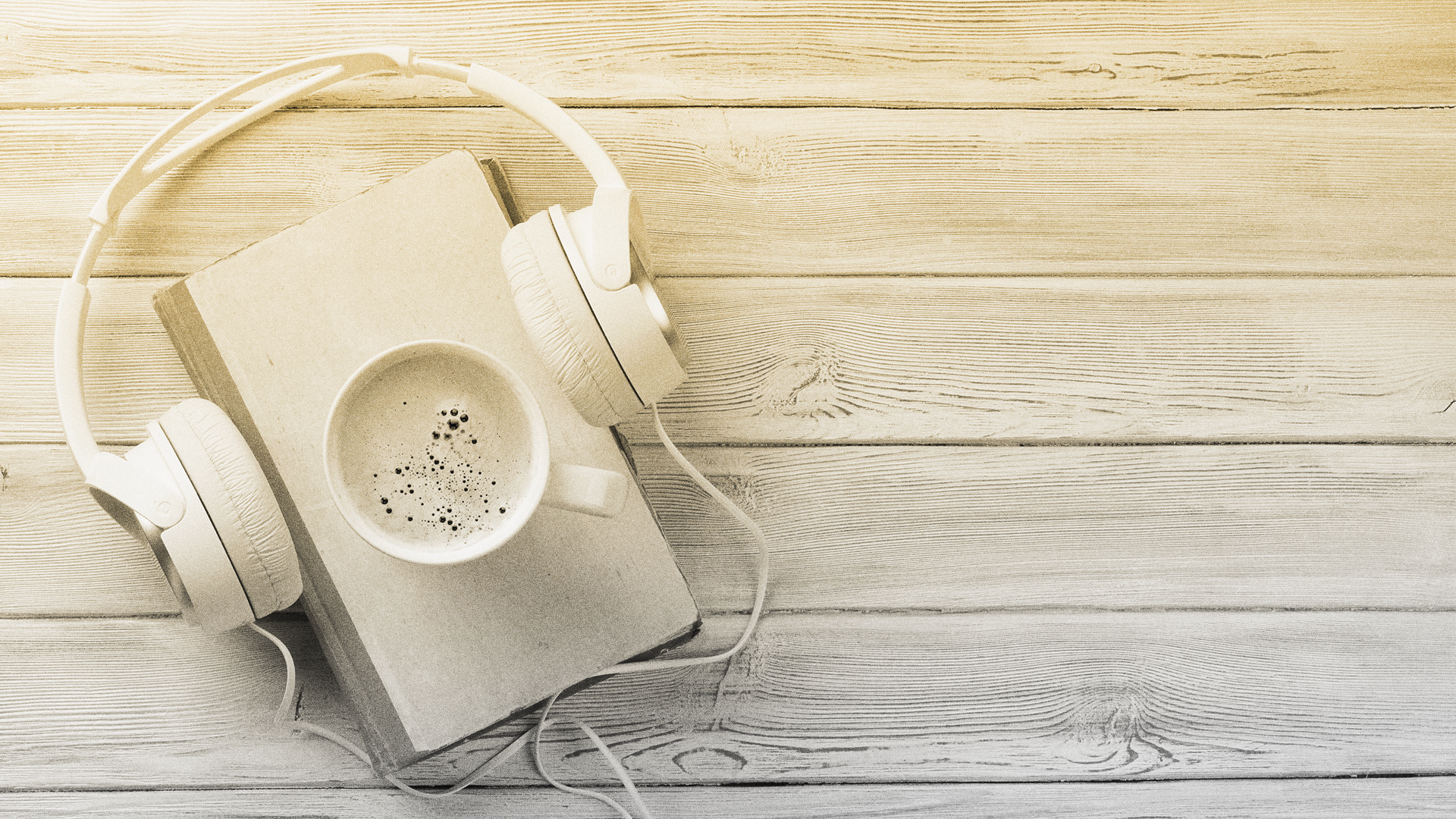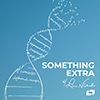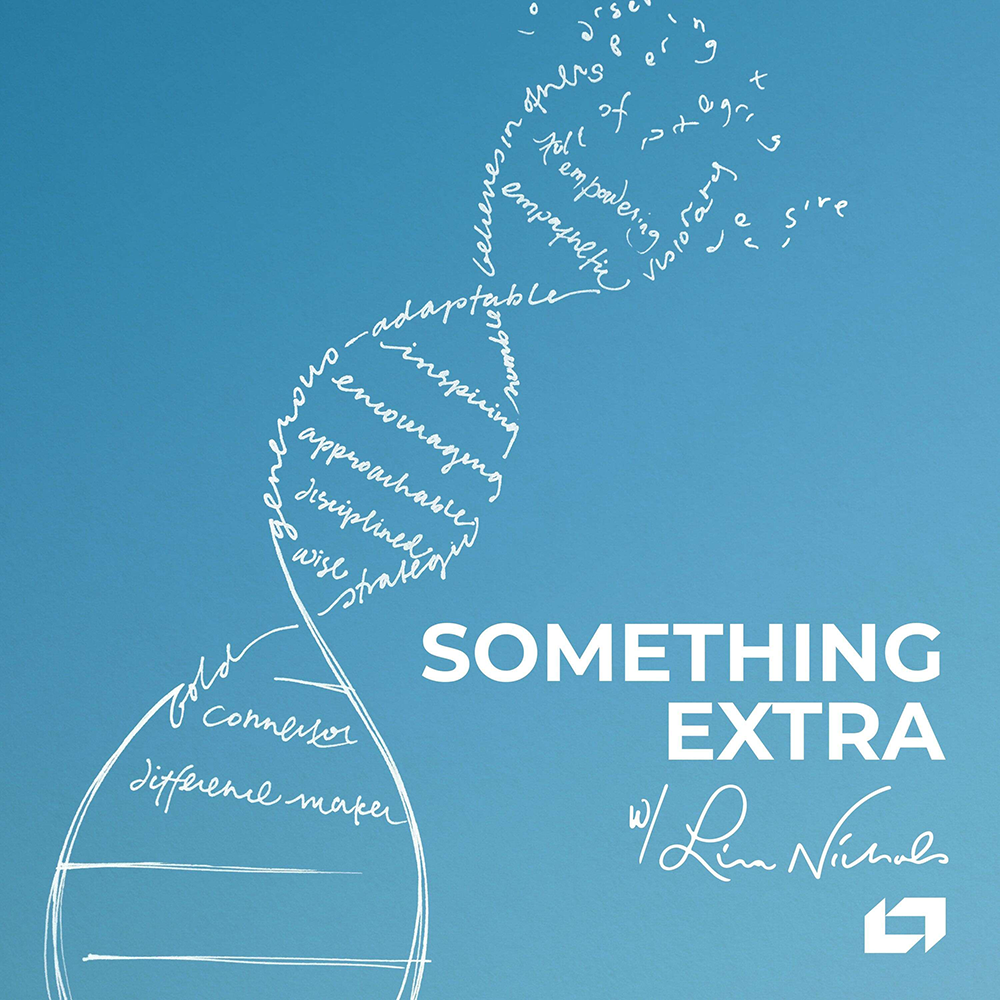
Create a Podcast in 2021
Do you want to start a podcast?
Of course you do, you’ve got something to say and podcasting is a fantastic way to get it out there to your audience…wait a minute, Brian dropped the ‘a’ word again. No matter what you are trying to communicate, if you don’t start with your audience ya doin’ it wrong. There has never been a better time to invest your time and treasure into a podcast because podcast listeners have grown 37.5% in the last 3 Years. That means every day the likelihood that the audience you are trying to reach is listening to podcasts is growing and growing. But, before you go down the fun and frightening road of podcasting, make sure and do a SEAD first so that you know you’re pointed in the right direction. I’ll wait right here till you’re done…
…Now you’ve done your homework and know that a podcast is a killer way to reach your vital audience, you have a proposed delivery date, an expressible objective, and you know everyone who needs to be involved in the decision making. Let’s look at some of the huge benefits you may be missing that podcasts can bring you:
Why you should create a podcast:
- Ease of Entry: Of all of the ways you can create content, a podcast can be as simple as pressing record and starting to talk. I recommend you do a bit more than that, but the reality is the best part of your podcast will be you; your expertise, your network, your insights.
- Low Cost Marketing: Getting into the iTunes Store, Google Play, Spotify, Stitcher, and many other places your audience is already consuming content is free.
- Repurposable: Leave it to Gary V to make a great case for podcasting as the core content that you turn into more content.
- Content as Entertainment: There are few places that your business content can be used as entertainment. Creating a podcast lets you get outside your audience’s 9-5 and be a part of their drive time, evenings, and weekends the way a White Paper never will.
- Build Organic SEO: Each episode, along with being a great source of repurposed content, can have a new “show notes” post on your website. This content will increase your SEO by giving your organic content.
How to Start a Podcast in 2021:
Follow these steps to go from “We should start a podcast,” to “Hey, check out our podcast!”
1. Develop Your Format
There are three main components to a podcast format and you want to figure these out from the get. These are not set in stone, and you can even change them after you launch, but this will give you the necessary information you need to keep yourself on a trajectory towards a successful launch.
- Style: For some this is the hardest question to answer, but for others they know just what they want to do when they first have the idea to start a podcast. If you’re considering it still, check out my Style Guide in the bonus section below.
- Frequency: How often do you want the episodes to come out? Daily, Weekly, Monthly? I’m a big fan of a bi-weekly podcast for beginners, just FYI.
- Length: How long do you want each episode to be? This will be highly influenced by your style of podcast and the amount of time you have to put into creating in. This really can range from a 5 minute (those are good for a daily podcast) up to two-three hour episodes.
2. Come Up with a Name
What’s in a name? For a podcast…everything. Think about the nature of what a podcast is: a group of audio files organized into an RSS feed with metadata tags. Sexy, I know. But when it comes to marketing your podcast, how are you going to get someone to listen your group of audio files over doing anything else with their listening time? Until they have listened to the show they can’t really connect with your content. They have to connect with the bite sized parts of your podcast: the name, the artwork, the particular episode’s macro content (your episode planning), and how someone can explain your show in a few sentences.
Starting with your podcast title, my vote is pick something that explicitly gives them an idea of what they are in for. If you are doing a show where you are the primary host and will be a big part of the content you may want to call it “The [Insert Your Name Here] Show”. If you are making your show all about how the Apollo 11 mission changed the way people bought shoes, call it “One Small Step”. You get the idea.
I’m also in favor of adding the word “Podcast” to your title. It won’t increase your podcast store search optimization but it will help you differentiate in regular SEO when people are looking for your show on Google.
3. Create Your Artwork
Artwork is the second bite sized way for people to take in your podcast. Despite podcasts being primarily an audio medium, you need good artwork because both the podcast stores and the podcast apps both use the artwork as a thumbnail for the show. It builds brand for your show and can inform design for your larger brand. You’ll use it on your social profiles, your show notes page, all of those little representations of your brand should be tied together so that the casual viewer can subconsciously recognize you without even thinking about it.
If you were designing a billboard I would say make it so that the design works big. If you were designing a postage stamp I would say work the design so it looks good small. Podcast art is one of the few design challenges that have to work both big and small. What I mean by this is when your podcast is a thumbnail it may only be 100 pixels by 100 pixels wide. Someone seeing your thumbnail should still be seeing a complete design. If you have text, it should be able to be read even that small. To design it big means that when they are seeing the artwork at 1000 pixels by 1000 pixels, like if it’s full screen on their phone, you should make sure that your design isn’t so bland that it looks cartoony.
When I was working on the art for the Something Extra Podcast I opted for texture with scalable title. If you look at the image as a thumbnail you see just a DNA strand and text. When you look at the art full screen you see that the DNA strand is actually made of the ‘something extras’ that differentiate leaders.


See how that works at both sizes? This is fundamental to good podcast art, so make sure you bridge that gap.
If you have never cracked open photoshop and need help designing something that works on both parameters hit us up. We can help with that.
4. Answer Your Technical Recording Questions
Now we are getting to the nerdy part. Don’t freak out, this can truly be as easy as opening up the voice memo app on your phone and hitting record, then posting to your social channels. I recommend you do more than that but keep your own technical aptitude in mind and don’t try and overdo it.
Here are the major technical aspects of creating a podcast:
- Hardware:
- Software:
- Hosting:
5. Plan Your Episodes
TT.
- aa:
6. Invite Your Guests
The first email you send inviting your guest:
[Guest Name],
I’ve launched the [Podcast Title Podcast]. It’s all about [One Sentence Elevator Pitch].
I would love it if you would agree to be on the podcast. We are looking to record [Recording Dates Window]. It should take less than an hour and I would love for our listening audience to hear your story. Some of the other guests are [Other Guests]. Check out our website [Website URL] and you can listen to some of the previous episodes to get a feel for it.
I absolutely think you would be a great guest on the show. So, are you in?
[Signature]
The second email you send after they’ve said yes:
[Guest Name],
I’m excited to have you on the show this week! I know this will be a fun conversation for both of us and I’m looking forward to having you.
Couple of housekeeping items:
- We will be recording your episode [recording Day of the week, Date, and Time]. You can show up at that time or earlier, we’ll be ready when you arrive. We’ve allotted up to 1 hour of recording, but more than likely won’t need all of it. If you are short on time that is no problem for us, so don’t feel obligated to do an hour.
- The address is: [your address]
The theme of the show is [one sentence elevator pitch). While you don’t have to prepare anything, I would love if you could answer at least one of these questions:
[Questions that will prepare you and them for the show]
If you want to share your answer via email, that would be awesome. Please also share any details of your bio that we might not find when we google your name. I will do a quick summary of who you are for the audience before I intro you.
See you on [Day of the week, Date, and Time]!
[Signature]
7. Record an “Episode Zero”
You’re going to need notes, trust me. Here’s the format I like to use.
- aa:
8. Record a Month’s Worth of Episodes and a Teaser
TT.
- aa:
9. Get into the Podcast Stores
TT.
- aa:
10. Schedule the Following Months Episodes
TT.
- aa:
11. Build a Show Notes Website
TT.
- aa:
12. Create Social Channels
TT.
- aa:
13. Launch Your Teaser
TT.
- aa:
14. Have Guests Help You Promote
TT.
[Guest Name],
Thank you both so much for taking time to chat with me on the [name of your show]! I’ll notify you when your show goes live. Please encourage your team and network to subscribe to the podcast today so they don’t miss your episode:
[Include links to your show on the podcast platforms]
Couple questions:
- Do you have a social media team or someone who helps promote you all/your organization on social? Please introduce me via email by forwarding this to them.
- What social media accounts can we use to tag you when the show goes live?
- Who else would make a great guest on a later episode of the show? Mind making a warm introduction?
Attached is a picture that you can share and let others know you were recording today! Note: We’d love for you to tag us. Here are our handles.
Facebook: @[yourhandle]
LinkedIn: @[yourhandle]
Twitter: @[yourhandle]
Instagram: @[yourhandle]
[Signature]
TT.
- aa:
15. Launch Episode One
TT.
- aa:
16. Keep Going, Assess, Tweak, Don’t Quit
TT.
- aa:
BONUS: Podcast Style Guide
While not exhaustive, here are some brief descriptions of the format options:
Hosted Interview:
REFERENCE: Fresh Air
Built around one-on-one, more-on-one, one-on-more, or more-on-more sit-down interviews, the show features a consistent host who anchors the show with the primary content being the answers to interview questions from the guest(s).
ADVANTAGES: Little prep work is needed by the host or the guest. Can be recorded “live” with minimal editing. Great platform for the guests to self-promote, which helps with guest recruiting.
DISADVANTAGES: Requires scheduling of guests. Can be boring if the guest is boring. Generally needs to be recorded in a very sound friendly environment.
Documentary:
REFERENCE: Oprah’s Master Class
Features one or more interview subjects and their verbal answers to questions. The questions are edited together for time/content, and the subject is the only voice heard. Can be anchored with an introduction from a host.
ADVANTAGES: Doesn’t require a “personality” to host. Boring guests can be easily cut into their most compelling sound bites. A skilled interviewer (Producer) can help get better sound bites. Can be recorded in more diverse spaces because background noise can be a part of the environment.
DISADVANTAGES: No host to drive the content and thus the audience has less of a chance to connect with the brand over the subject. It’s more awkward for the guest to do self-promotion and thus less of an incentive to get them on the show.
Solo Host:
REFERENCE: Philosophize This!
A single host, talking either extemporaneously or on script. Topics can range from stream of consciousness, current events, or a particular subject/focus.
ADVANTAGES: Very easy to produce and record as little is required besides a microphone and the host. If the content is off the cuff, prep time is very low and post production time can be low, too. This is a great venue to connect with an individual brand.
DISADVANTAGES: The wrong host can be boring or drive the content in a poor direction. Much harder to keep it interesting. If it’s scripted, requires a great deal of prep and research time.
Panel/Group:
REFERENCE: 1A from NPR
Includes a panel of guests and a moderator acting as either experts on a topic or interested consumers of the topic. Guests and moderator can change each episode, and topics can either be a theme for the episode with sub topics or a variety of topics.
ADVANTAGES: Great for current events and timely content. Helps put diverse experts into one room to broaden perspective.
DISADVANTAGES: Can be confusing for some listeners to discern who is talking and they are completely unaware of this problem (an accessibility issue). Harder to coordinate schedules. If the content is timely, can’t be recorded in batches and has to be recorded on a regular basis.
Editorial:
REFERENCE: Planet Money
Hosted by one or more individuals and features scripted editorial sections, interviews, documentary live sound, and often a musical sound bed.
ADVANTAGES: High entertainment and education value for listeners. Easy to deliver precise information because both subject interviews and scripted portions can be used.
DISADVANTAGES: Highest production value of any type of podcast. Requires a great deal of pre-production, production, and post-production.
More from Black Raven

AI vs. Agency
I’ve heard it from friends, from clients, and from colleagues. Something like, It seems like they’re adding AI to everything. Yes, a little multicolored magic

Track What Matters: Measure Marketing in Ways That Move You Forward
Just because you can measure it doesn’t mean it matters. Digital marketing apps and platforms make it easy to track almost everything—clicks, likes, impressions, video

How Audience-First Thinking Transforms How You Communicate
Marketers love a good origin story — how a company started, what the founders believed in, the “why” that fuels every product launch. And while